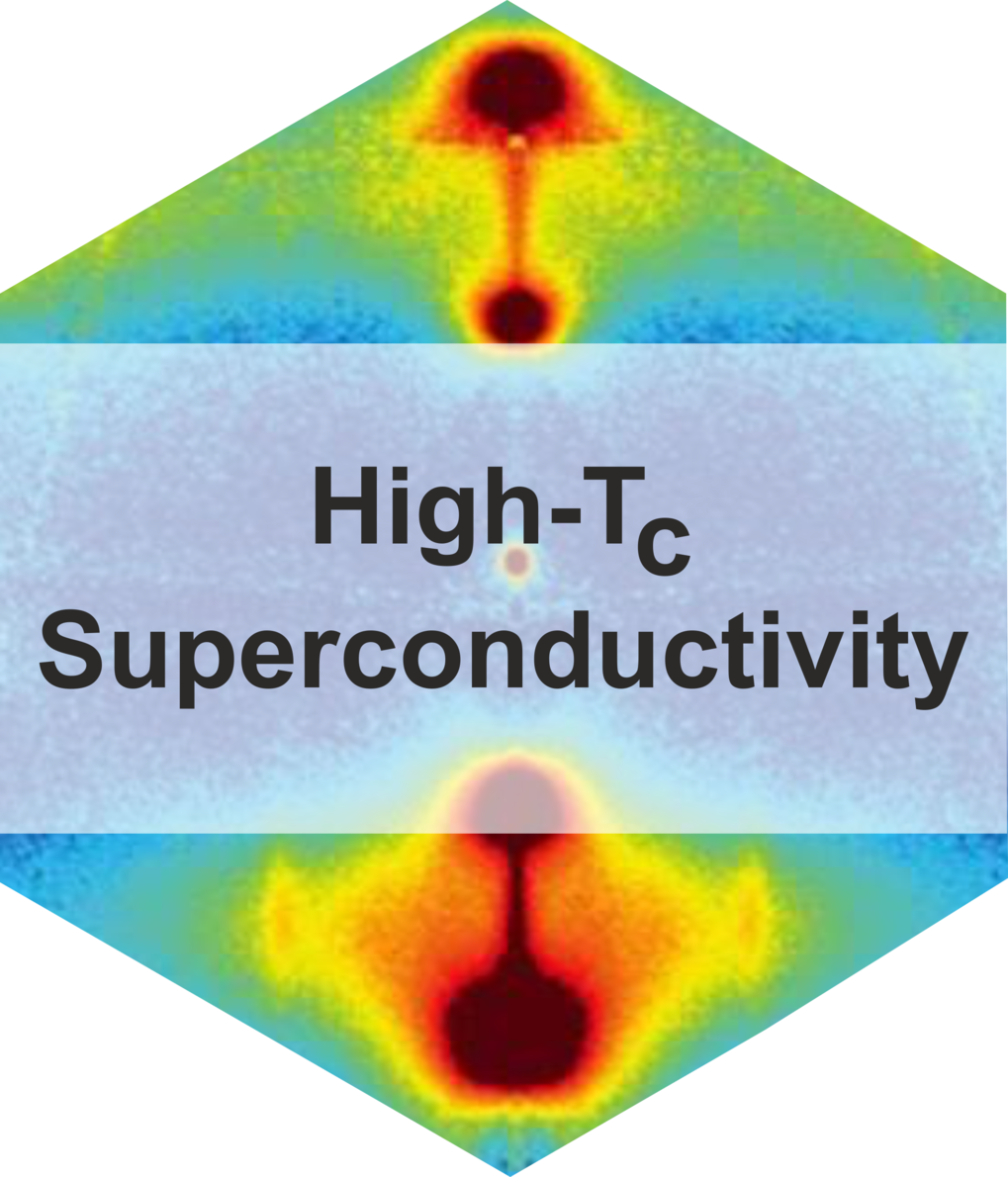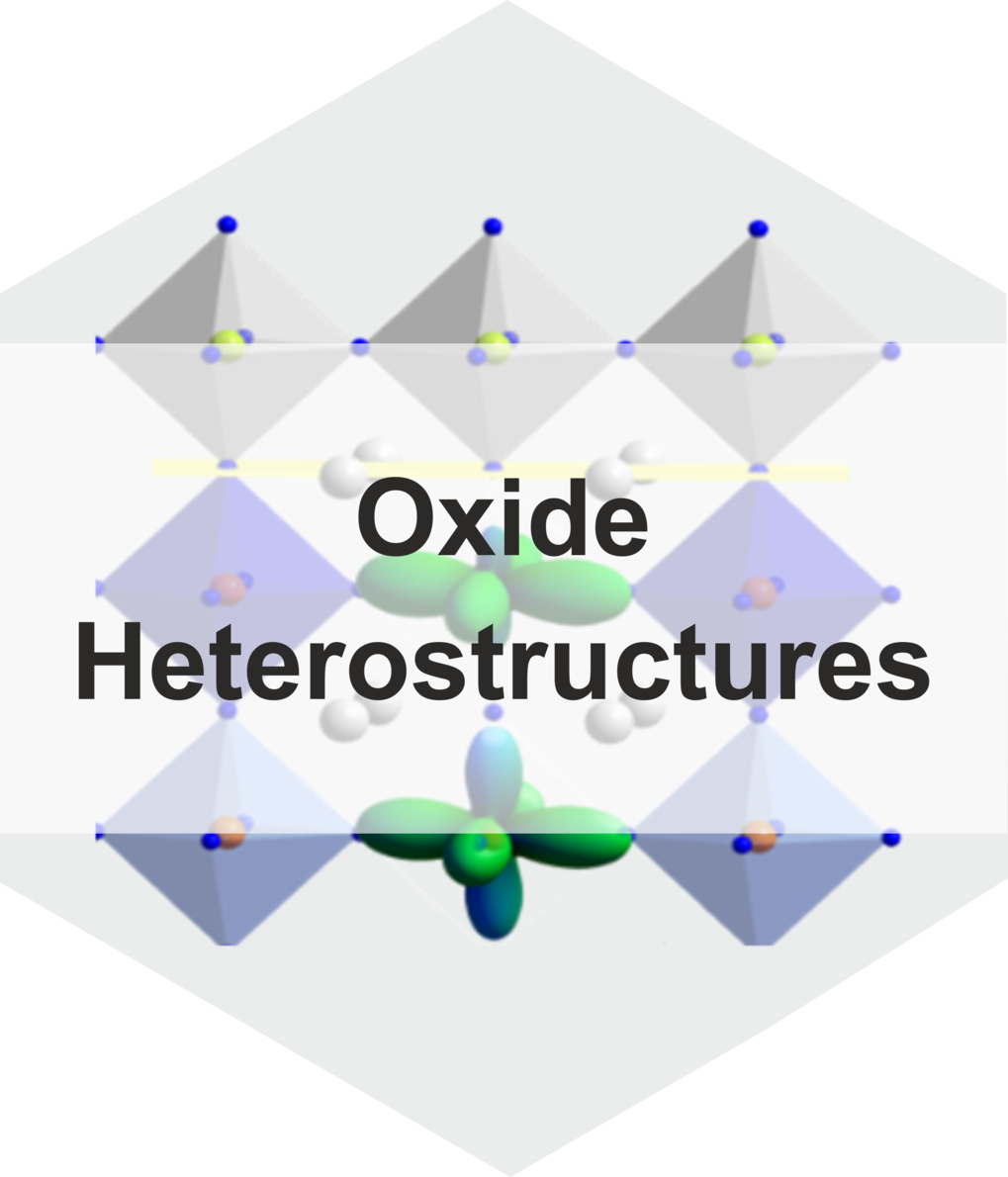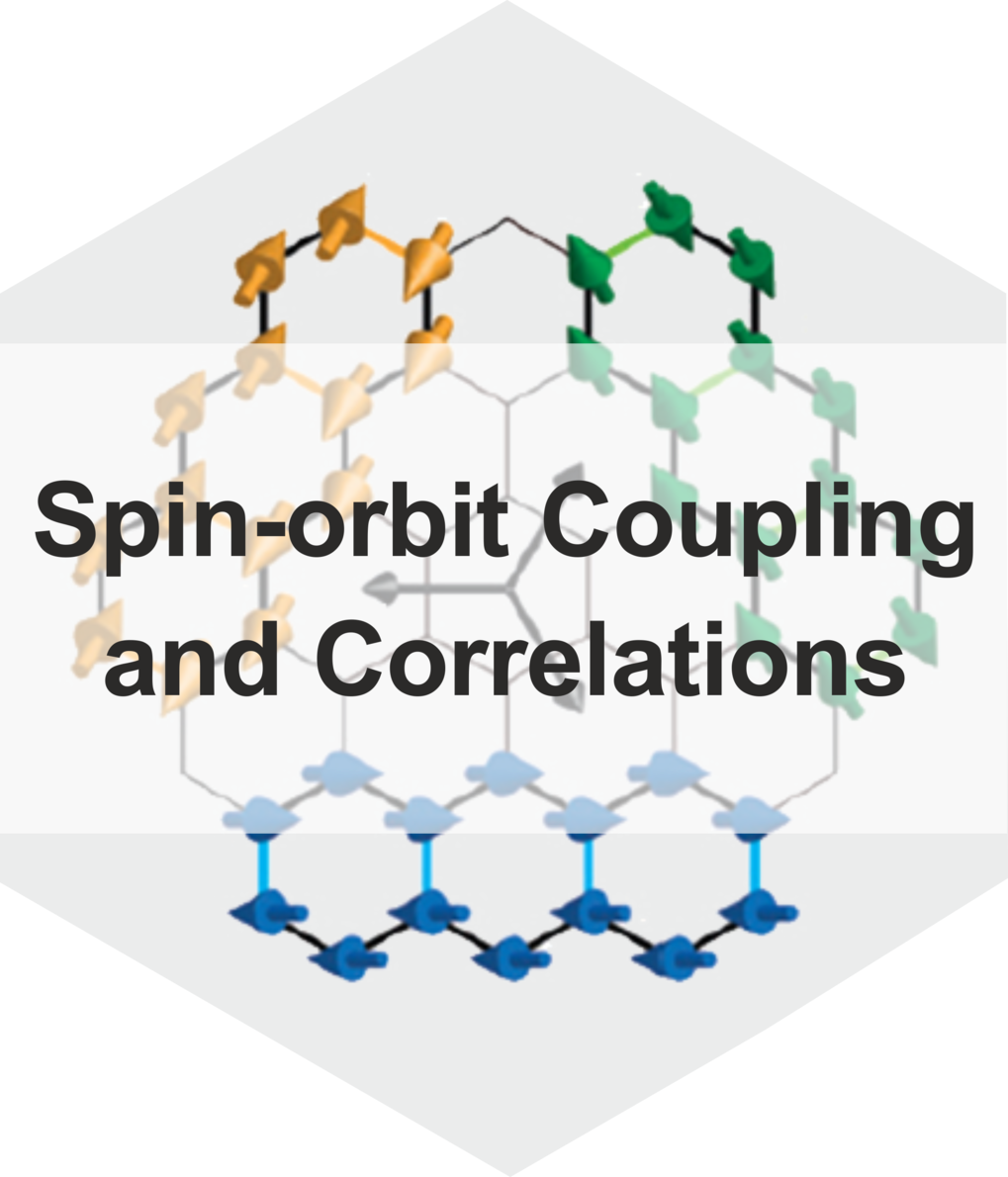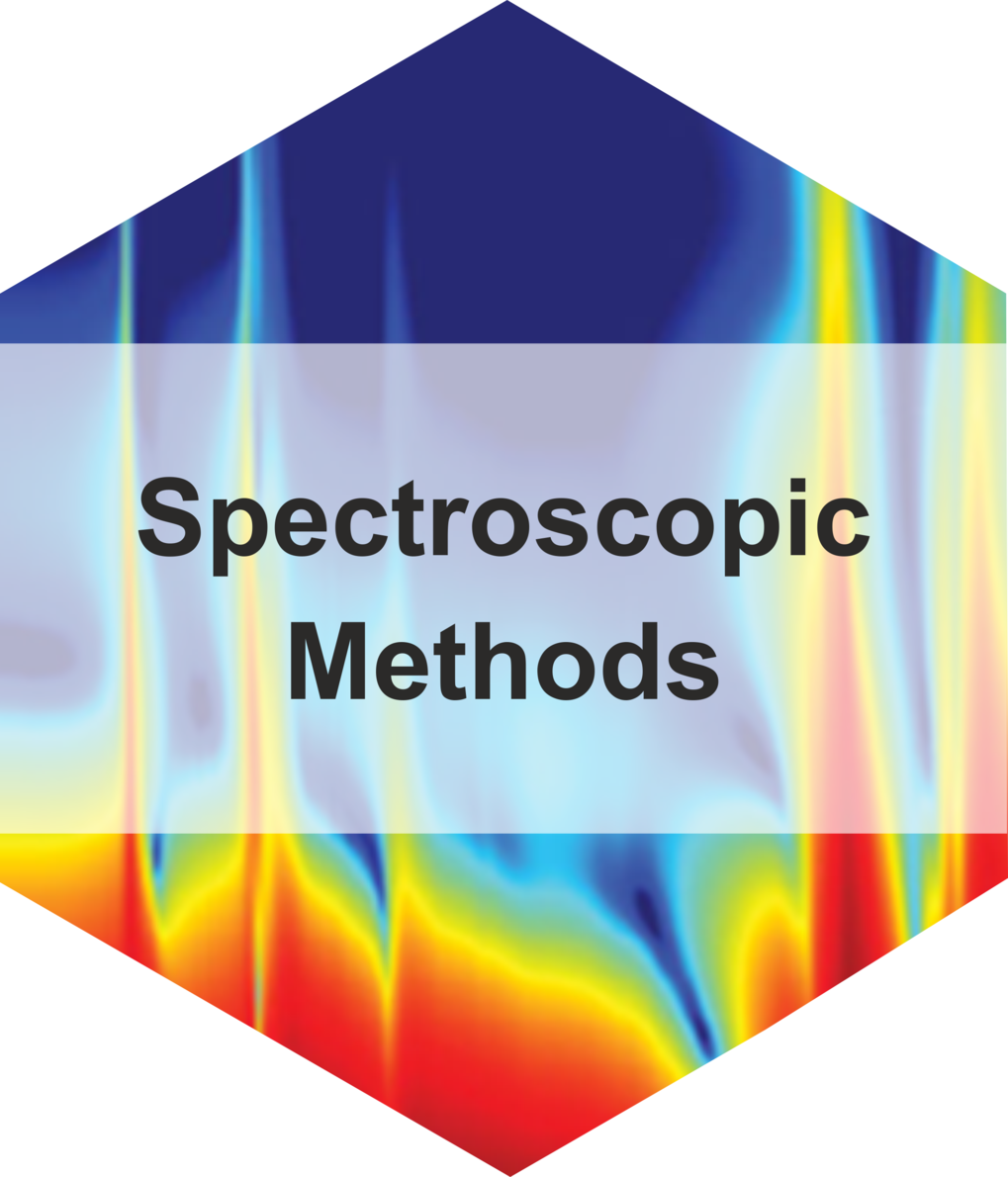Physics of strongly correlated electron systems
The department uses neutron and X-ray diffraction and spectroscopy as well as optical spectroscopy and Raman scattering to explore the structure and dynamics of materials with strong electron correlations. We also have a strong effort in the development of new spectroscopic methods. As the close collaboration between experimentalists and theorists is essential for the progress in this field, a small theory group operates within the department.





NEWS
Hydrogen is the most abundant element in the universe. This makes it attractive for use in sustainable technologies, such as energy storage and fuel cells, but also in novel electronic components. In contact with transition metal-oxygen compounds, it can reversibly change electrical resistance or magnetism, thereby creating functionality. However, three fundamental questions always arise: how much hydrogen is in the material, in what form is it incorporated and how stable is the compound?
more
The American Physical Society awarded the James McGroddy Prize to Giniyat, together with George Jackeli and Hide Takagi, for their “seminal theoretical and experimental research, materials design and discoveries that pioneered the exploration of novel forms of topological quantum matter in spin-orbit assisted Mott insulators realized in transition metal oxides”.
more
Recently, superconductivity was discovered under high pressure in the layered nickelate La₃Ni₂O₇, with a remarkably high transition temperature of 80K. However, the microscopic mechanism driving the superconductivity in the material remains a subject of ongoing debate. In a joint effort, researchers from the Solid State Spectroscopy Department, Crystal Growth Scientific Facility, Quantum Materials Department, and the Stuttgart Center for Electron Microscopy, alongside collaborators from several partner institutions, uncovered a surprisingly distinct crystal structure of La₃Ni₂O₇, which will have to be the basis of future efforts to elucidate the electronic structure and Cooper pairing mechanisms in this material.
more
Mott insulators, such as Ca₂RuO₄, are materials that would be metallic in the absence of interactions but behave as insulators due to strong electron-electron correlations. When current is applied, a directional dependence is imposed on the electrons, creating a new pathway towards a metallic state. Using photoemission spectroscopy in the presence of transport currents, we and our collaborators from the Max Planck-UBC-Tokyo Center for Quantum Materials and the Lawrence Berkeley National Laboratory have found that the current-driven transition leads to a unique electron population of the orbitals. These results yield new insight into the mechanisms driving this unusual non-equilibrium phase transition.
more
their facets. In others, these are difficult to distinguish, even by x-ray diffraction. What happens when a second material is grown, atom by atom, on only slightly different facets of a single crystal? Are the physical properties of the deposited material changed? We pursued these questions in a spectroscopic study which has now been published in Nature Physics.
more
Bernhard Keimer receives his second Advanced Grant from the European Research Council for the development of spectroscopic instrumentation for terahertz magnonics.
more
Archive















